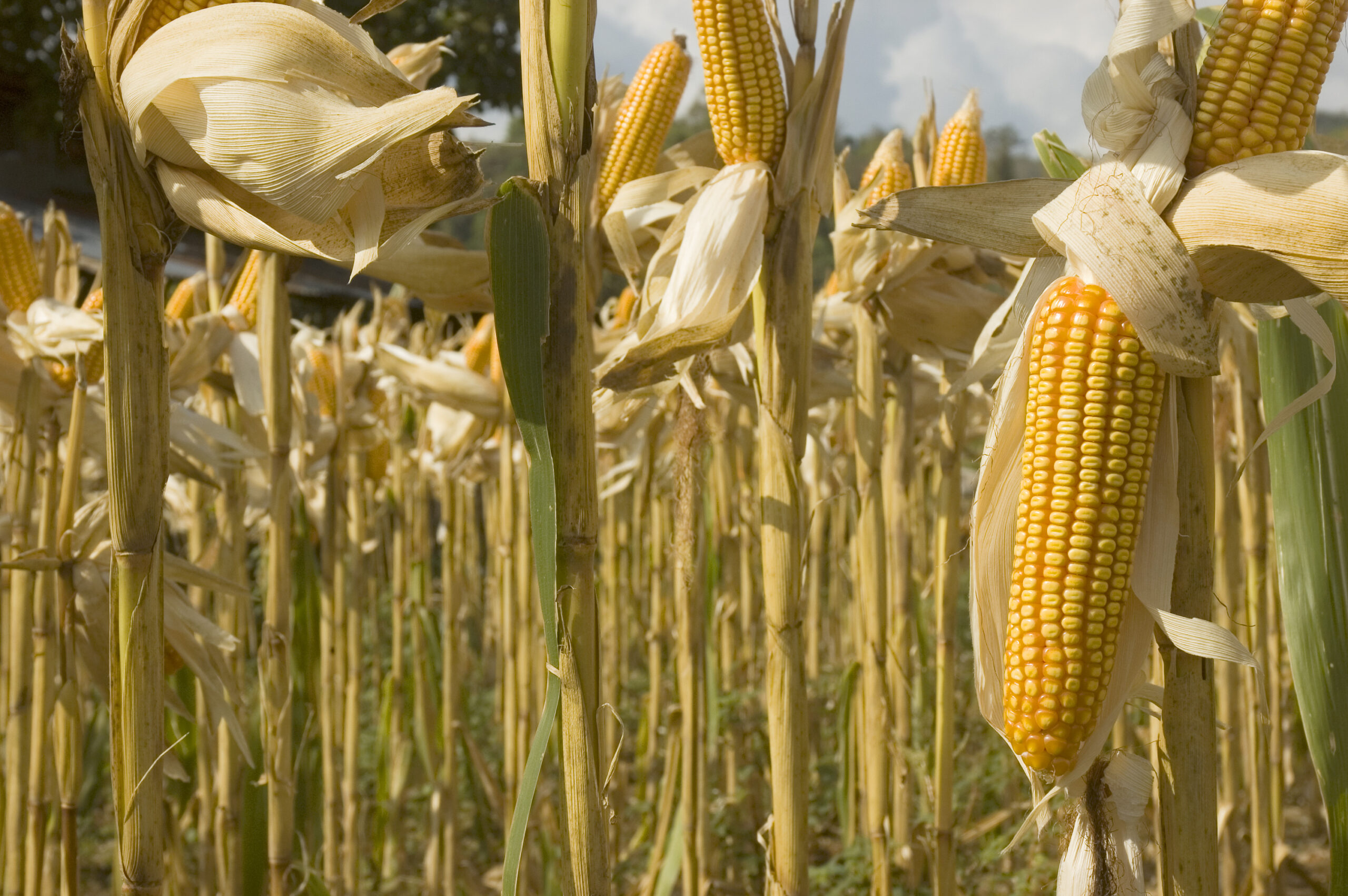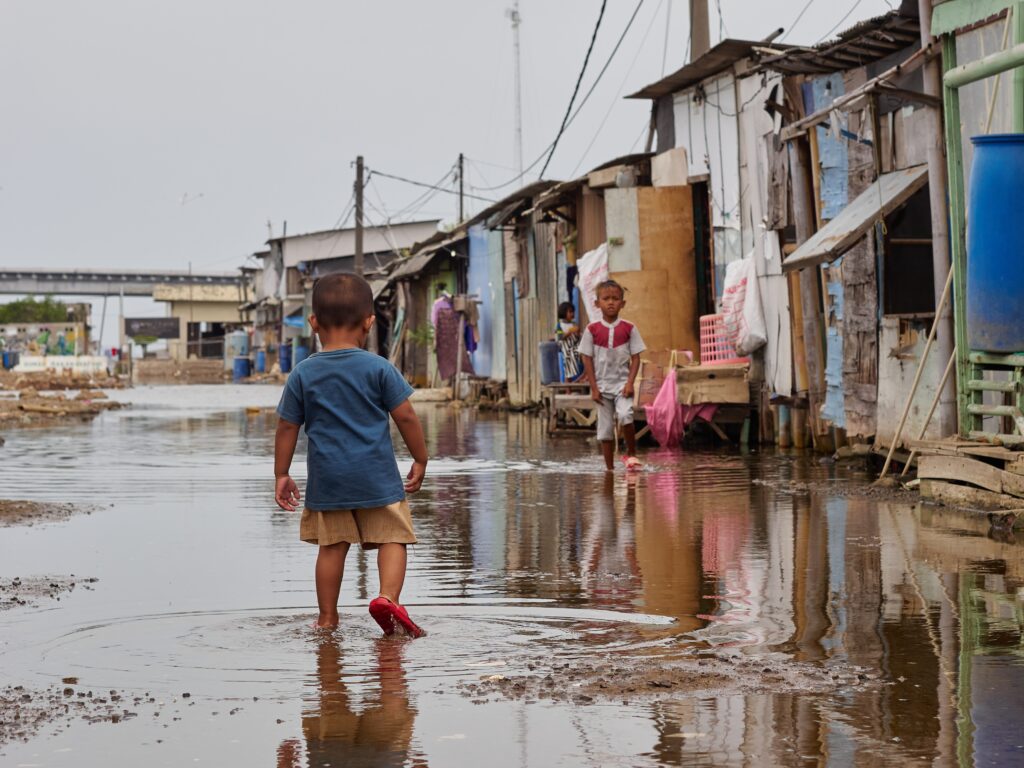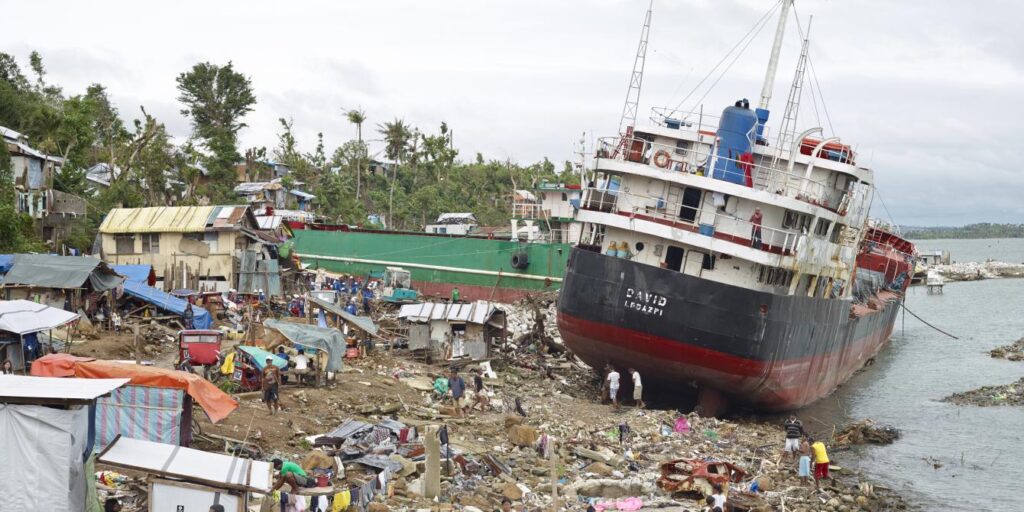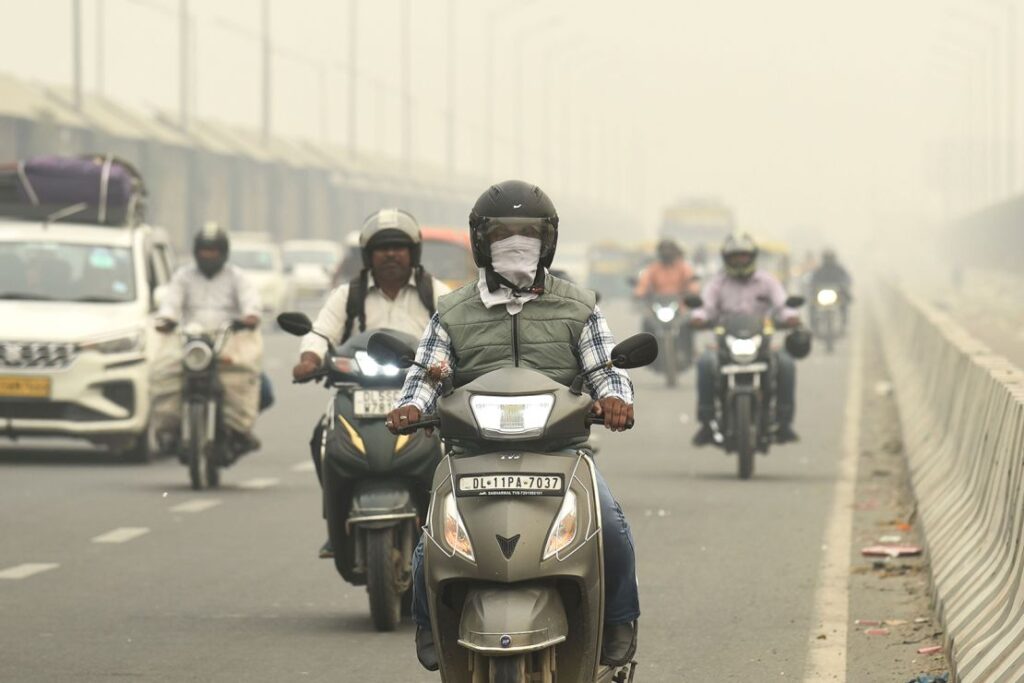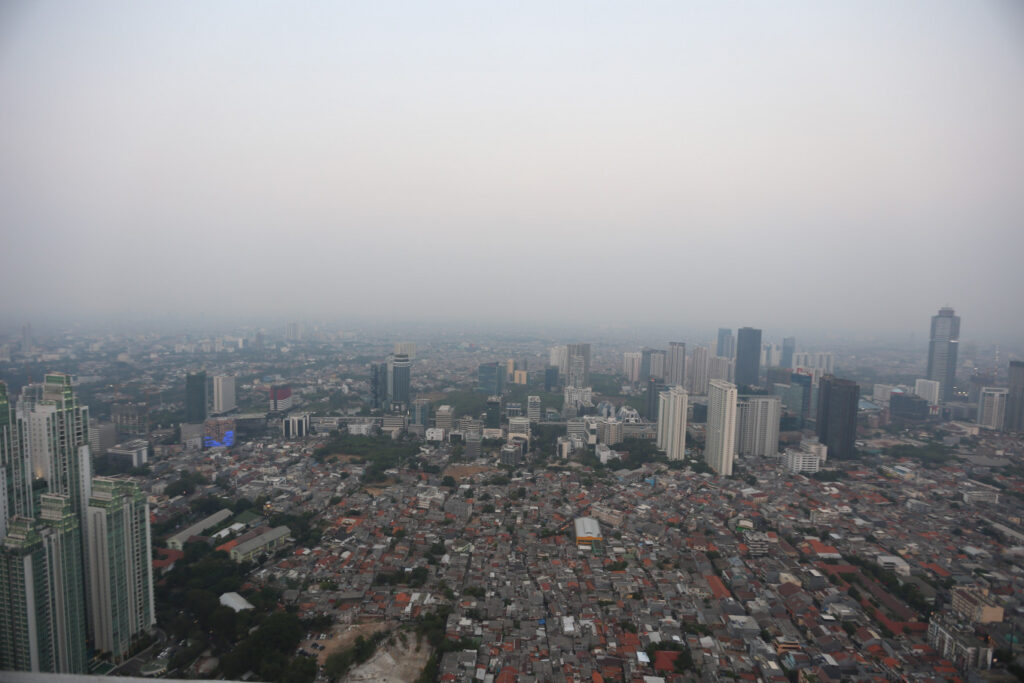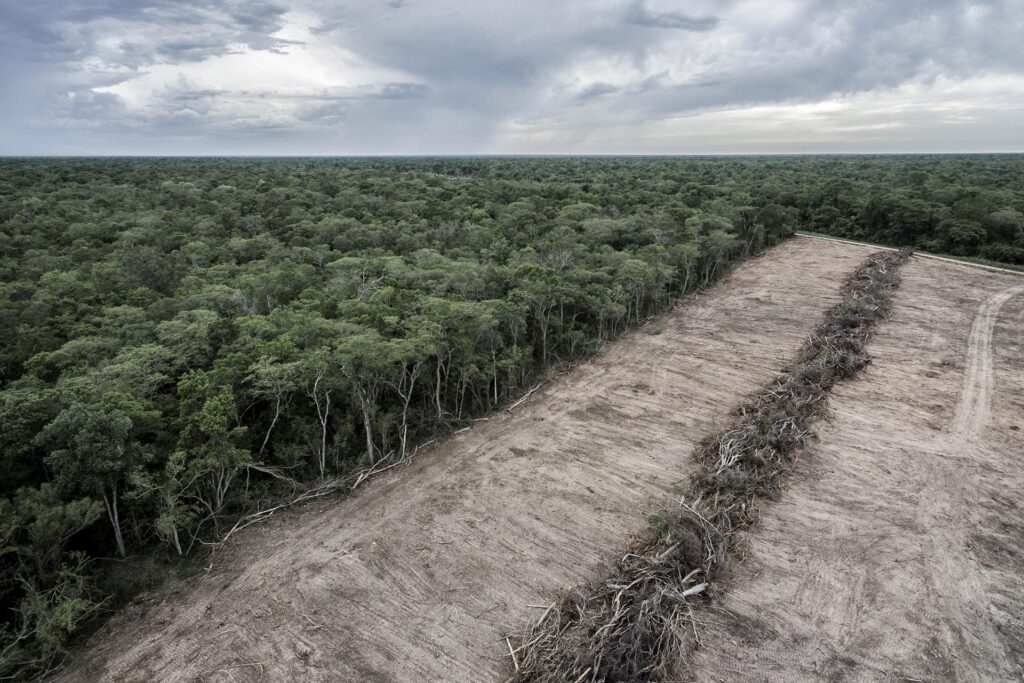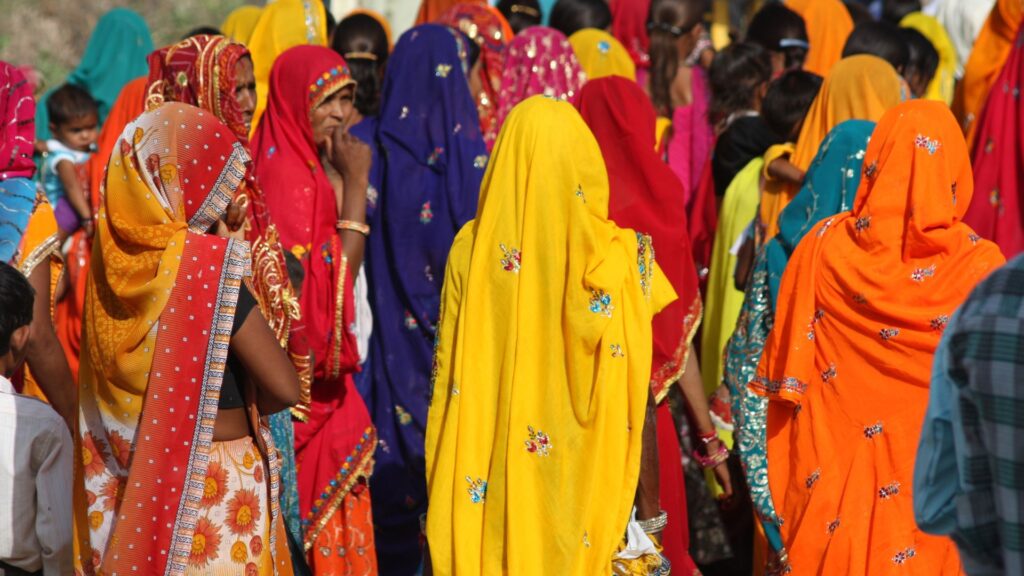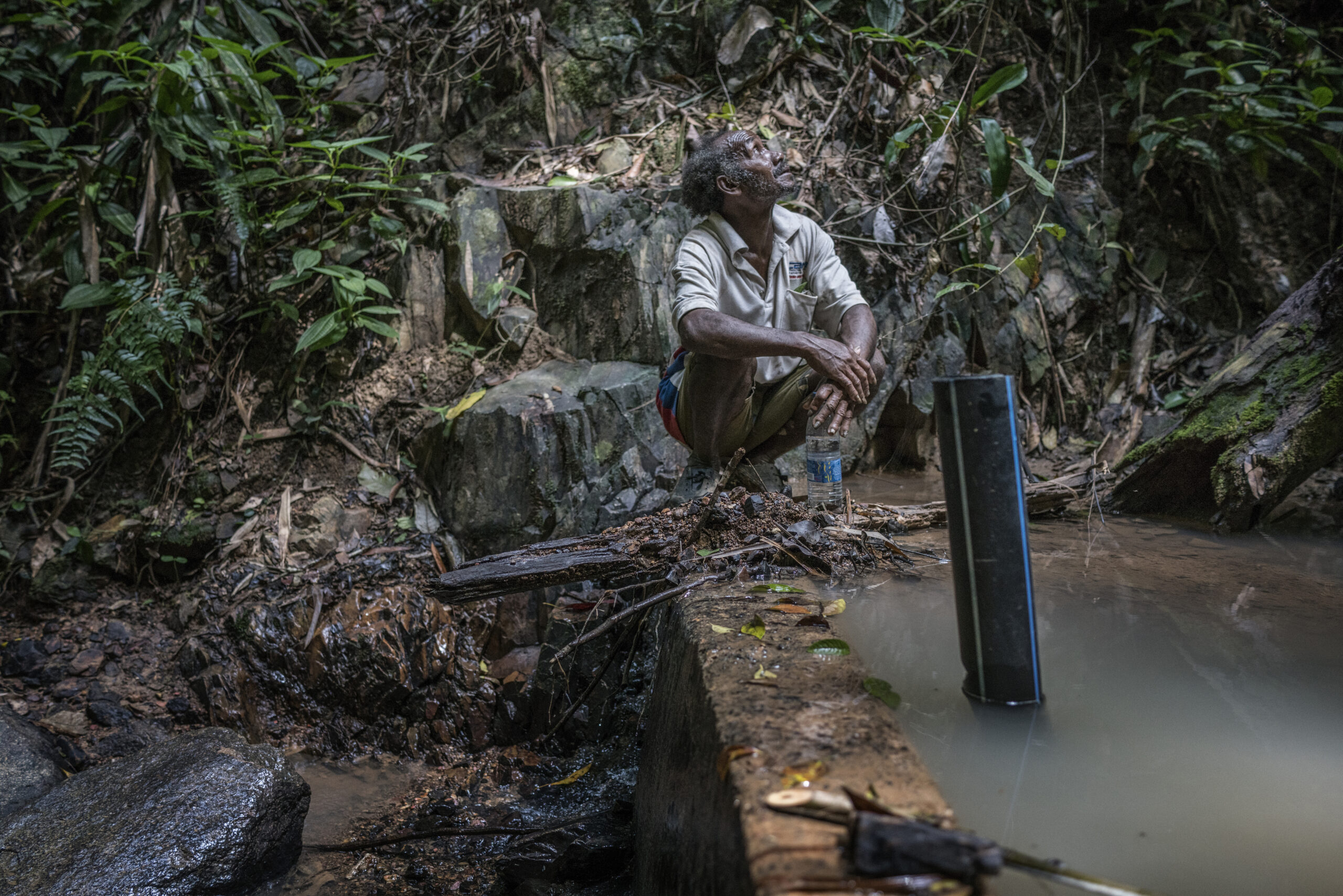Importance of Corn in the Philippines
Corn is a vital staple crop in the Philippines, second only to rice, and plays a key role in both food security and rural livelihood support. It is not only an important food source but also a crucial component of livestock feed and industrial applications. As climate change intensifies, corn is the Philippines’ field crop most at risk, leading to significant implications not only for farmers but also for the national economy and sustainable growth. A decline in corn yields could strain the country’s food supply and impact countless livelihoods and businesses that are dependent on this essential crop.
The Climate Crisis in the Philippines
As a lower-middle-income country with an agriculture-based economy, the Philippines is highly vulnerable to the impacts of climate change. Between 2000 and 2019, the Philippines was considered the fourth most-affected country by extreme weather events. Meanwhile, limited infrastructure, disaster preparedness and economic diversification hinder the country’s ability to adapt and respond to climate-related shocks. The Asian Development Bank emphasises the agricultural sector’s extreme vulnerability to climate variability, particularly affecting crops and, consequently, the crop growers themselves.
Corn is a low-profit crop, and prices fluctuate, which means growers often face unstable and low incomes and are often in debt. Worsening climate change impacts and related extreme weather are increasingly burdening these already difficult livelihoods. An alarming increase in extreme weather events has occurred in recent years, including typhoons, heatwaves, droughts, floods and landslides. These have severely disrupted agriculture, affecting everything from production to post-harvest processes, and corresponded with corn crop losses into the hundreds of millions of dollars.
For instance, following Super Typhoon Man-yi in November 2024, the sixth typhoon to strike the Philippines in just 30 days, World Weather Attribution (WWA) reported that climate change was increasing the intensity and unpredictability of these events. November typically sees just three named storms in the region, but 2024’s “extraordinary” season saw six typhoons, some active simultaneously, affecting over 13 million people and placing a significant strain on infrastructure and food systems.
Corn Production in the Philippines in 2025
In early 2025, the Philippine Maize Federation (PhilMaize) warned of disruptions to corn production due to such erratic rainfall and typhoons. “Bad weather, typhoons and heavy rains caused delays in planting in some areas,” said PhilMaize President Romualdo I. Elvira, Jr. The Philippine Statistics Authority estimated that corn production declined by 1.5%, largely due to a reduction in planted area.
Looking ahead, studies predict worsening conditions for corn production. In addition to extreme climate shocks such as typhoons and floods, rising temperatures increase the risk of heat stress, water scarcity and pest outbreaks, all of which pose additional threats to crop yields. Furthermore, high daytime temperatures are also making it more difficult and dangerous for farm workers in the fields.
As temperatures rise and rainfall patterns shift, key agricultural zones could also become unviable for growing corn at all. One study projecting the impact of climate change in Isabela, one of the nation’s major corn-producing provinces, revealed a sharp decline in land suitability. In the first cropping season alone, suitability scores could fall by an estimated 6.7% by 2050, 11.4% by 2060 and 20.7% by 2070. In a further study, climate modelling indicated that corn yields in the northern Philippines could decrease by 35% by 2050 due to changing rainfall patterns and rising temperatures.
Building Climate Resilience Against Growing Threats
Sudden food production losses caused by extreme weather events have become increasingly common since the mid-20th century, and climate change could push many key agricultural regions beyond their “safe climatic space” for reliable food production. South and Southeast Asia are identified among the most at-risk regions.
For the Philippines, this presents the pressing need to transition to climate-smart agriculture and adopt strategies for climate adaptation and mitigation to safeguard food security and livelihoods. One key strategy is developing and distributing climate-resilient corn varieties that can withstand heat, drought and pest pressures, helping to stabilise yields despite unpredictable conditions. “We need to utilise and maximise all available agricultural technologies so as to make our farmers – our food security soldiers – more resilient to climate change,” said AGRI party-list Representative Wilbert Lee in 2024. Additionally, improved water management, through upgraded irrigation systems and the promotion of water conservation techniques, can reduce vulnerability during dry spells and ensure crops receive sufficient moisture throughout the growing season.
Crop diversification is an additional key strategy for building farmers’ resilience. Integrating corn with other crops or adopting agroforestry practices reduces dependence on a single harvest, helping farmers better withstand climate shocks. To accelerate the adoption of these diversified systems, the World Bank suggests that agricultural support policies should be reformed to encourage a transition toward more secure and climate-resilient livelihoods.
Evelyn Smail
Writer, United Kingdom
Evelyn is a freelance writer and journalist specialising in climate science and policy, the just energy transition and the human impacts of climate change. She writes for independent publications, NGOs and environmental organisations. Evelyn has a background in sustainable development, climate justice and human rights.
Evelyn is a freelance writer and journalist specialising in climate science and policy, the just energy transition and the human impacts of climate change. She writes for independent publications, NGOs and environmental organisations. Evelyn has a background in sustainable development, climate justice and human rights.

